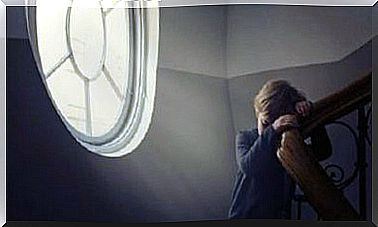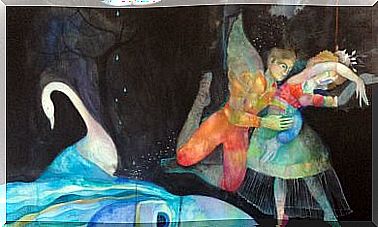Anesthesiologists Discover A Third State Of Consciousness
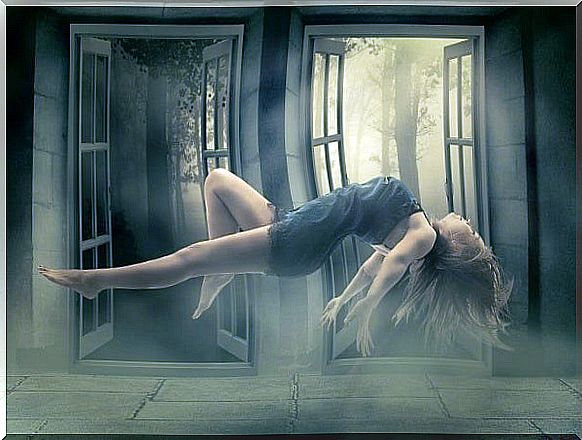
“Breathe deeply, think of something pleasant and you will fall asleep…”
According to Professor Pandit, an anesthesiologist at Oxford University Hospitals, there is a third state of consciousness that some patients enter when given a general anaesthetic.
Is it possible to wake up under a general anaesthetic?
The possibility of a third dimension of consciousness, according to Pandit, is mainly due to the variability in medical specialty. No one can ever be completely sure that the drugs administered have had the intended effect. It is very complicated to choose the right drug in the exact amount for each patient, even after years and years of training and experience in the operating room.
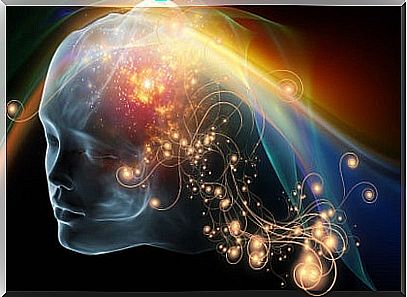
Yes, it is possible to wake up during a surgical procedure, but not completely. We are in that third state of consciousness described by Pandit in his study. Obviously we are not awake, because we cannot move or communicate, but we are not completely oblivious to external stimuli either.
It is called disanesthesia, a condition in which the patient is neither conscious nor unconscious. It affects a small number of patients who enter the operating room and are put under general anaesthetic. Still, it causes concern among the professionals. The patient is aware of the operation and everything that is happening around him, but he cannot do anything about it.
We need not be immediately concerned by this, because according to the statistics , only one patient in 15,000 says that he can remember something about the surgery after he wakes up. These are the people who never achieve complete unconsciousness when sedated.
dr. Pandit is considered one of the best anesthesiologists in his country and he has devoted much of his research to studying disanaesthesia.
Anesthesiologists monitor heart rate, blood pressure, respiration, drug concentration in the blood and much more, but this is not sufficient to ensure complete unconsciousness in the patient during surgery. Some signs of awakening, such as an increase in heart rate or blood pressure, should alert the doctor, but these physiological signals are often deactivated by the medications used in surgery.
The prestigious anesthesiologist has resorted to an ancient technique that allows him to paralyze the patient’s entire body, except one of the forearms, to show that this is possible. One-third of patients who appeared unconscious during surgery moved the fingers of the free arm in response to direct commands.
“In effect, these patients are in a state of unconsciousness, yet can respond to external stimuli, such as verbal commands,” clarified Dr. pandit. “What’s special about it is that they only move their fingers when commanded to do so. None of the patients responded to the surgical procedure. They probably don’t feel any pain. ”
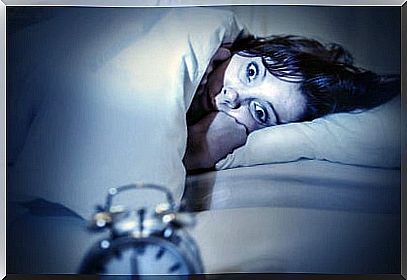
While very rare in reality, an experience like this can be extremely traumatic. In fact, patients who have experienced such things usually suffer from post-traumatic stress, anxiety and panic attacks.
We are still unable to determine what human consciousness is and so checking its absence is even more complicated.


